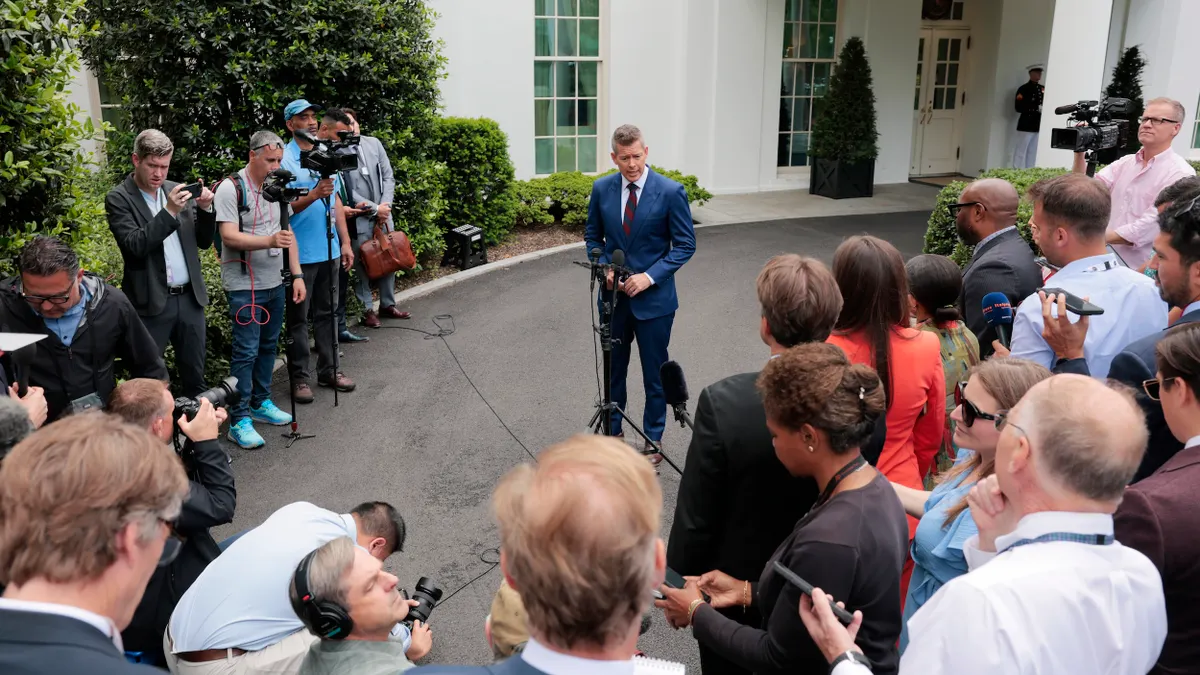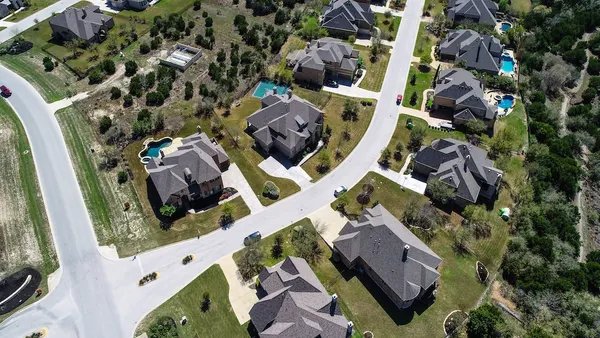Editor's Note: The following is a guest post from Darren Anderson, CEO of Vive Crop Protection.
"Dear business client: We’re pleased to introduce our revolutionary suite of clean tech products! Using them means healthier food, cleaner water and less waste for the entire world. They’re almost as effective as the products you’re already using. They cost just a little more. And they produce nearly the same return!”
If this sounds like a winning sales pitch, you may be a well-informed citizen and a conscientious consumer. But you are almost certainly not a successful farmer, industrialist or manufacturer — and if you’re in clean tech, you might want to consider another line of work.
To be honest, I occasionally catch myself falling prey to this line of thinking, too, because it captures a lot of why I do what I do as a clean tech entrepreneur. But if there’s one thing I’ve learned in 14 years in the industry, it’s that this pitch does not work, and has indeed been the death of many other promising companies.
While the cleanest tech may be what many retailers and consumers are looking for, it’s the precise opposite of what our commercial buyers want.
The farmers, manufacturers and service providers who actually buy and use commercial-grade clean tech want products that are more effective, more efficient and less expensive. If the pesticide, car battery or waste-disposal product they’re evaluating is green, all the better – but that’s not what motivates them to buy.
Why? Because most consumers don’t buy directly from the people who make the products. They buy from retailers. There is an entire supply chain of people and companies adding value to these products before they reach the retailers, and their first priority is to make a living.
This is true for nearly every clean tech innovation on the market: wind turbines, recycling solutions, grid software, electric vehicles (EVs). A consumer may want to buy an EV because it runs on renewable energy, but that doesn’t matter to the supplier who makes the seat fabric.
In the agriculture sector, our supply chain includes growers, aggregators, commodity groups and wholesalers. By the time the sustainability message filters down to a grower, all they know is that consumers want it, not that they have to buy one specific solution. Profitability remains the first priority.
I’d go so far as to say that clean tech sold primarily for its environmental benefits is a little suspicious. It isn’t all snake oil – but some is. One organic farmer I met decided to fertilize his fields with a type of seaweed trolled directly from the ocean floor. It was expensive, it performed poorly and I shudder to think of the environmental effects of its harvesting. But it was the best organic option he could find. He was desperate to be sold something that performed better or cost less.
With U.S. farm bankruptcies at an eight-year high, no farmer wants to risk a decision that’s anything but profitable
Still, we see all sorts of clean tech companies doing it the wrong way, pitching a story that works for consumers but not the companies they’re selling to.
They badmouth current technology, make big claims about unachievable environmental benefits and overlook what their actual customers are looking for.
If the customers see a clean tech product that gives them effectiveness, efficiency and cost savings, trust me, they’ll want it. And they’ll be happy to take the environmental benefits, too. As clean tech entrepreneurs, we should take deep satisfaction in those benefits – we just need to remember they don’t make a winning sales pitch.









